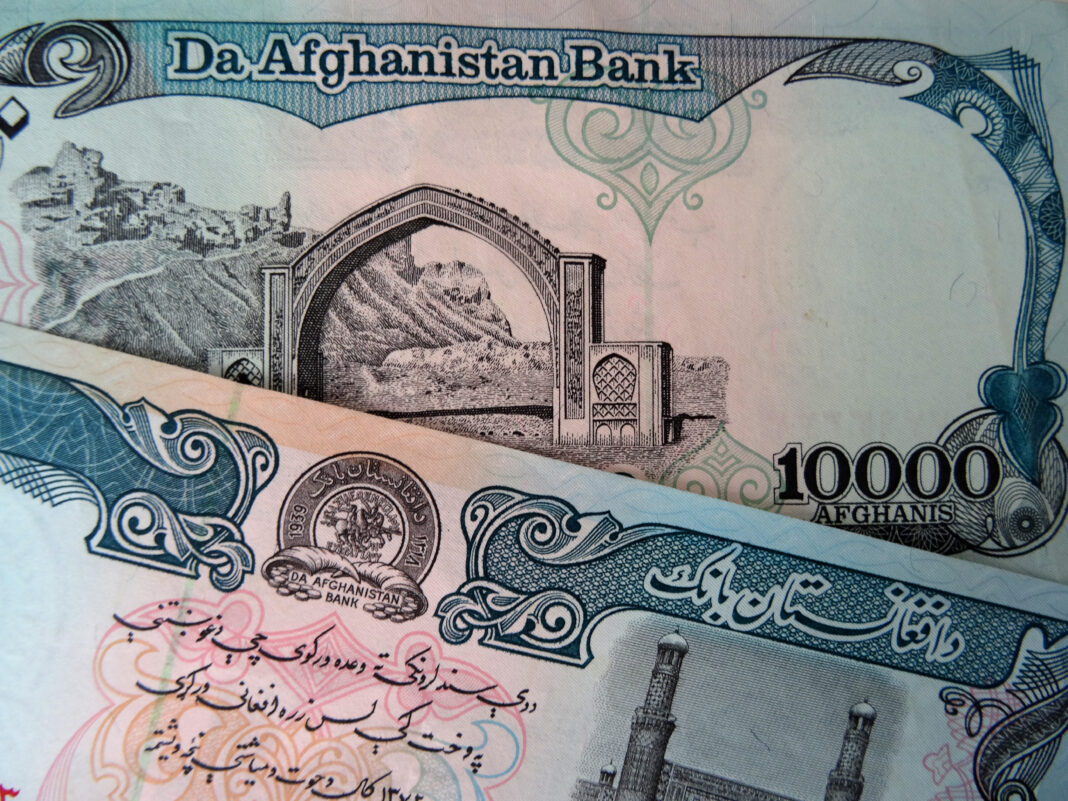by Emanuele Giordana
Poverty, misery and hunger are another scourge of Afghanistan. A plague that goes far beyond the righteous claims of those who accuse the Taliban regime of banning freedom of the press and expression and denying the legitimate rights of women, who are excluded from school and work. This is hardly news, given that during the NATO-led occupation, a 2010 UN study found that 36% of the population lived in absolute poverty, noting that this was ‘neither accidental nor inevitable’. In 2018, 54% of the population lived below the poverty line. Today, this percentage is well over two-thirds of the population, and according to a recent report by the United Nations Development Programme, the Afghan economy shrank by 21% in 2021 alone. Indeed, according to the World Food Programme, out of a population of 41 million Afghans, over 15 million (over a third) are ‘acutely food insecure’ and almost 3 million are ‘emergency food insecure’. This means that almost half of Afghans go without enough to eat and some face starvation.
This painful situation is partly due to a corrupt and irresponsible government, the marginalisation of women in society and the inability to manage its own scarce resources. It must also be said that before August two years ago, when the Taliban regime came to power, the Afghan budget was largely supported by external funds provided by the NATO-led coalition countries, aid that is no longer available. Cooperation, whether bilateral or through the UN and NGOs, has also diminished (to date, less than 15% of the UN appeal for 2023 has been funded).
But there is a third, mostly unspoken, factor: the freezing of the country’s sovereign reserves, by the US and its allies a critical factor in the collapse of the economy and the banking sector. Just over $9 billion that the Afghan Central Bank had deposited abroad is frozen. Government money? No, it’s mainly Afghan citizens’ money, with which it was possible to trade abroad, which has now dried up. The freeze also results in a drastic reduction in the circulation of money: banknotes are falling apart and cannot even be replaced.
United Against Inhumanity raises the alarm
Only a few voices have been raised in recent years to denounce what has been called an ‘economic war’, and what we could perhaps call a cold-blooded revenge for losing the Afghan War. Seven billion are stuck in the USA. The rest in European banks. Held by those who lost the war against the ragtag army in flip-flops and kalashnikovs who outwitted analysts, spies and soldiers from some of the most technologically advanced armies in the First World. United Against Inhumanity (UAI) is an NGO that launched a major campaign in March 2022 to reverse the policy imposed by the United States and some European governments against the Da Afghanistan Bank (DAB): to release the 9.1 billion US$ that belongs to the Central Bank of Afghanistan as a sovereign national treasure. Now frozen in the vaults of the banks of the countries that invaded Afghanistan 22 years ago.
If Western policy is designed to undermine the Taliban regime, it is the impoverished and marginalised Afghans who pay the price. Women, of course, as well as their children and husbands: the very people we claim to be defending against a theocratic and radical regime. As UAI recently wrote: ‘Few question the strategic importance and moral imperative of recapitalising the Da Afghanistan Bank… which needs access to its capital resources to fulfil its critical responsibilities as the country’s central bank’. The NGO calls for the urgent recapitalisation of DAB because Afghanistan’s sovereign foreign exchange reserves should be made available to it in a pragmatic and controlled manner that allows it to operate in accordance with its charter and normal banking standards; because “reviving the economy is crucial to ending the suffering in Afghanistan”.
The NGO recalls that on 14 September 2022, Washington and Bern announced the creation of a new $3,5 billion Afghan fund in Switzerland, which was ‘cautiously acknowledged as a step in the right direction’. But ten months later, none of the money, supposedly ‘for the benefit of the Afghan people’, has been used to recapitalise the DAB. One could speak of a second freeze. The money stands still while malnutrition advances. Perhaps one could even argue that the extreme radicalisation of the Taliban emirate is also due to this state of patented injustice. If a cat is driven into a corner and fears for its life, it will blow and huff: it will no longer be tame. Whether this is true or not, the injustice remains, and it is the people who pay for it – men, women, the elderly and children – whom we have been claiming to defend for over twenty years.
To learn more, read our Afghanistan conflict factsheet
On the cover photo: Ten thousand Afghanis. Afghanis is the Afghan currency © Aybige Mert/Shutterstock.com
























